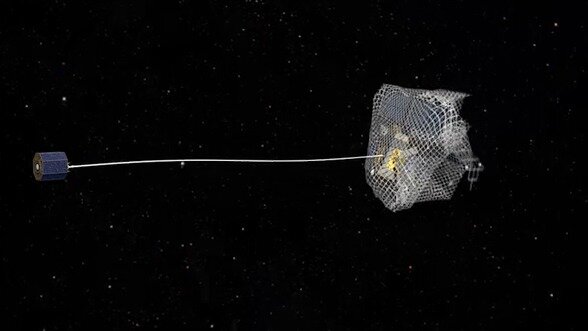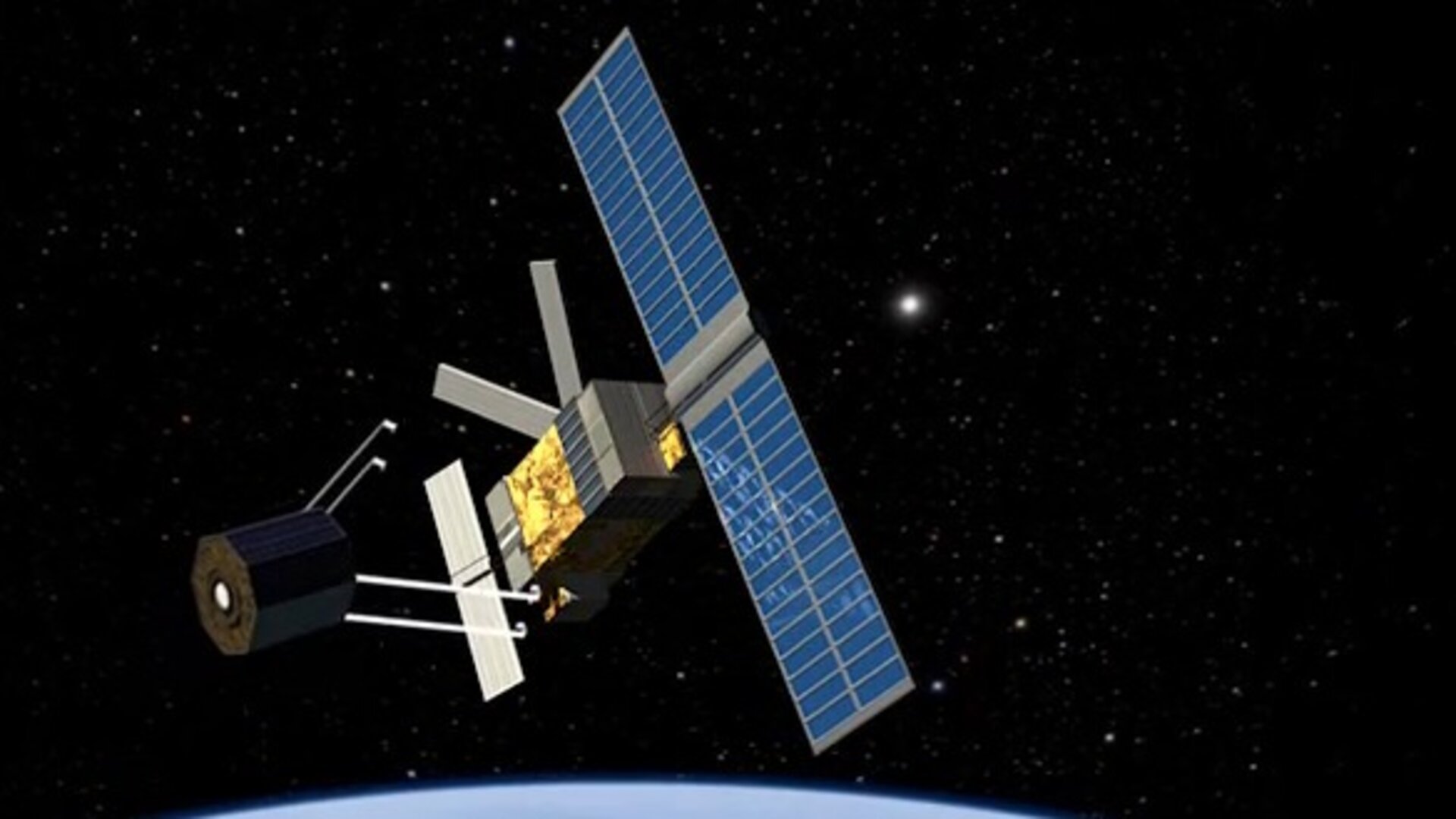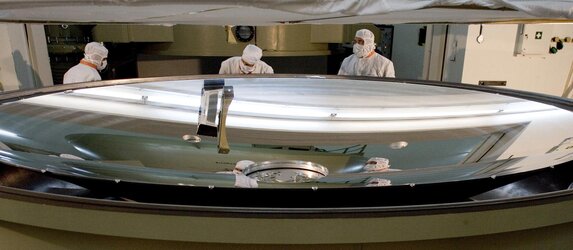ESA seeking company to develop space debris removal mission
ESA is looking for companies interested in developing a pioneering mission to retrieve and dispose of dead satellites, in the process helping to stabilise the population of space debris shrouding Earth.
The Agency has issued an Invitation to Tender to perform a ‘Phase A’ pre-development study for an Active Debris Removal mission, known as ‘e.Deorbit’. Any registered company can access the document via ESA’s EMITS tendering system, or else follow the link on how to register.
The growing number of manmade objects and debris in low Earth orbit (LEO) is leading to an increased risk of collisions, in turn threatening to trigger a cascade effect.
NASA and ESA studies have shown that the debris environment can be kept stable however: it will require the removal of around five large objects per year, with a removal sequence oriented towards high target masses.
Key technologies for such Space Debris Remediation activities are being developed as part of ESA’s multi-branched Clean Space initiative, aimed at reducing the environmental footprint of the space industry both on Earth and off it.

Clean Space Branch 4 is specifically focused on this work, with the Agency’s future-oriented General Studies Programme playing a leading role in system studies being conducted in parallel to technology development activities, guided by a mission-driven roadmap.
The e.Deorbit study, undertaken at ESA’s Concurrent Design Facility [link] in ESTEC at Noordwijk, the Netherlands, in 2012 was the first such system study. A second system study began in June this year – also at the CDF – to evaluate debris capture options, based on a modified Vega launcher’s upper stage as a mission platform.
It has been decided to pursue two ways forward. The first way is to evaluate a service-oriented approach towards the development and procurement of an Active Debris Removal mission. To this end, a GSP activity was started in April this year with three parallel contracts, focused mostly on a business plan rather than the technical design.
The second way has been to pursue mission development through a more traditional approach, meaning the awarding of contracts for standard phases. This current ITT marks the formal start of that process.






